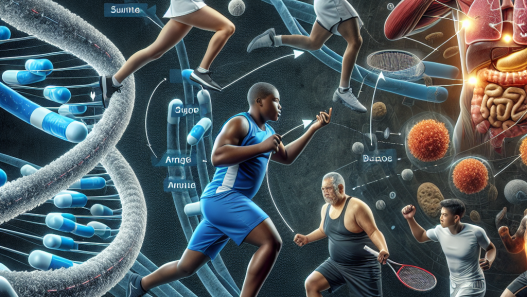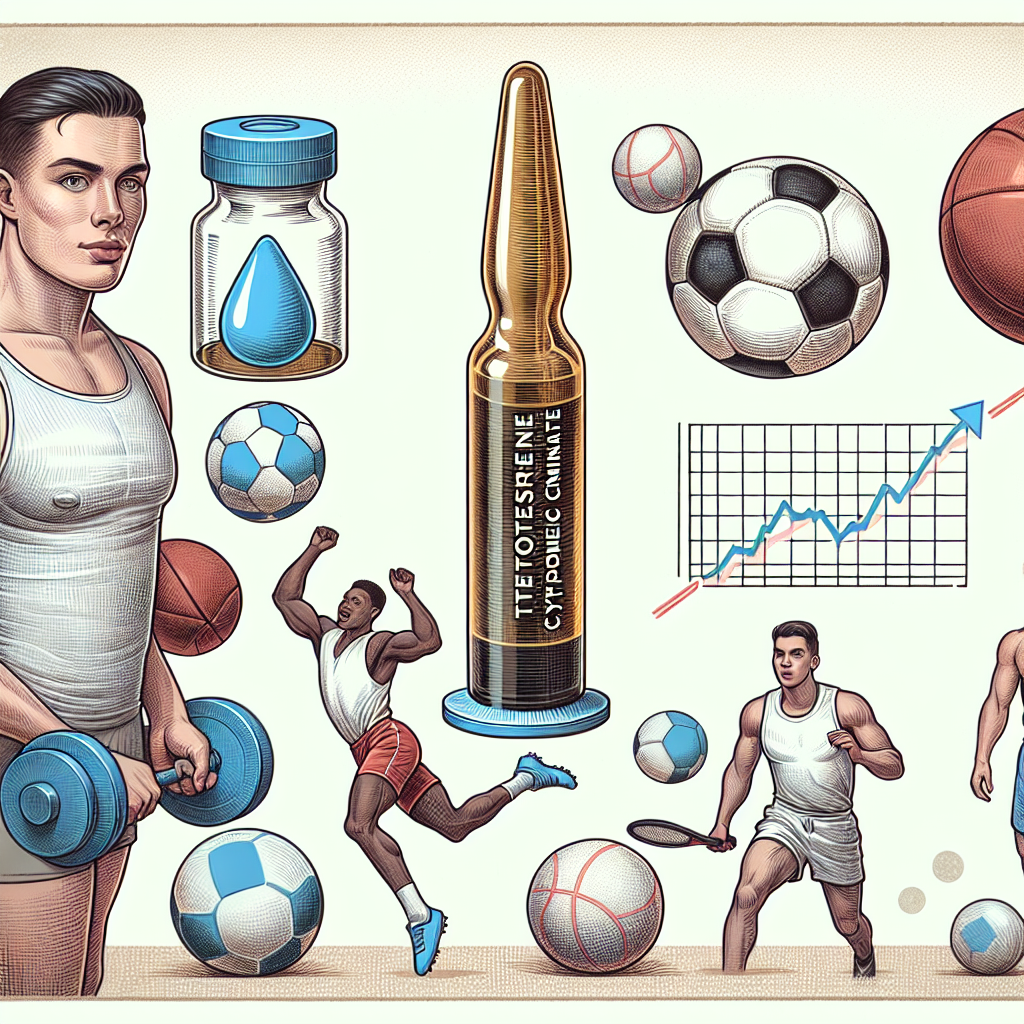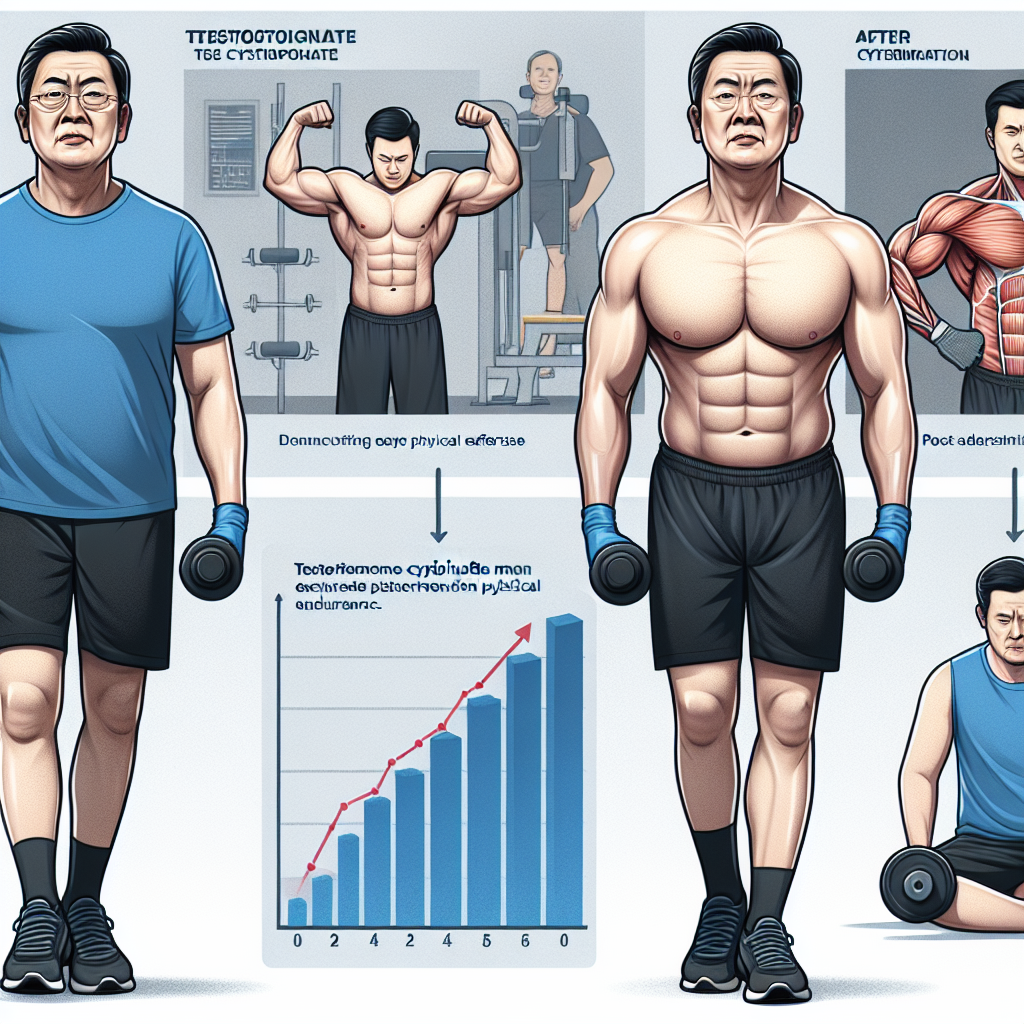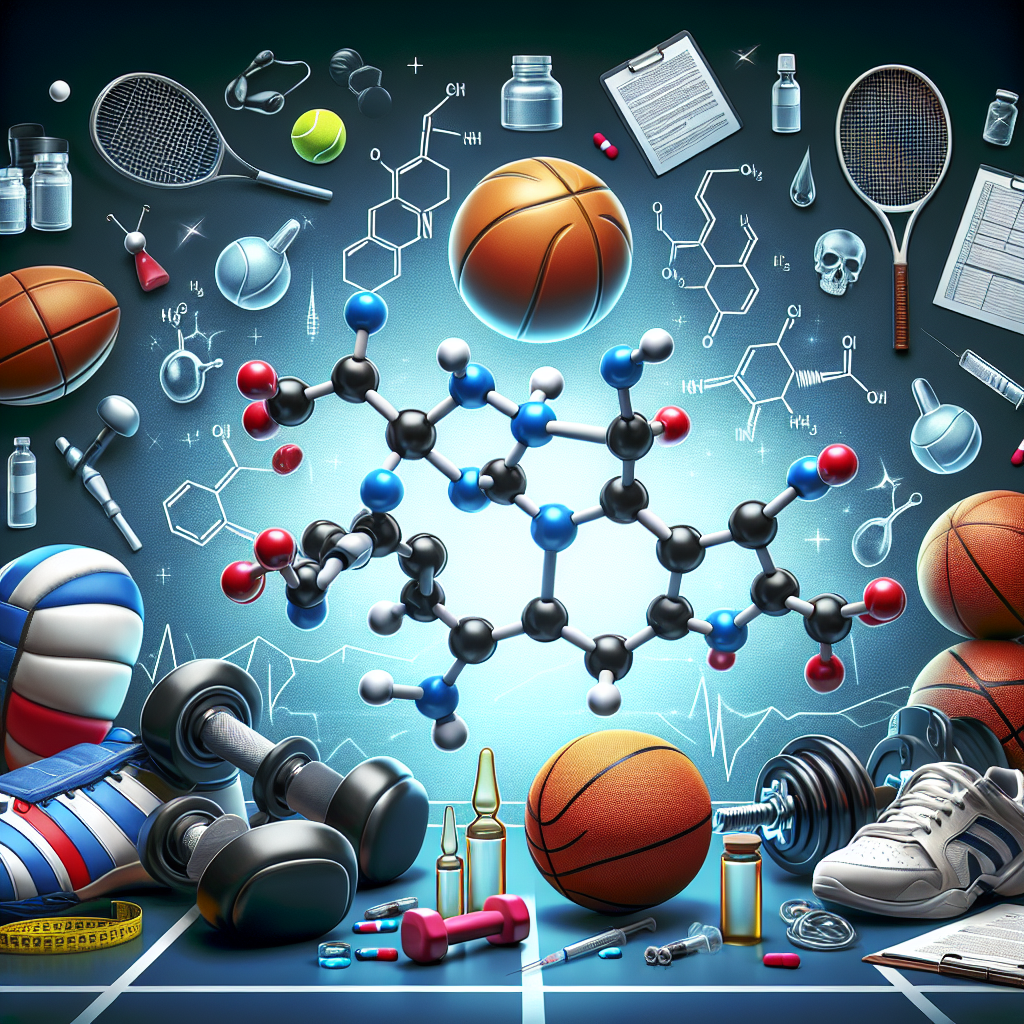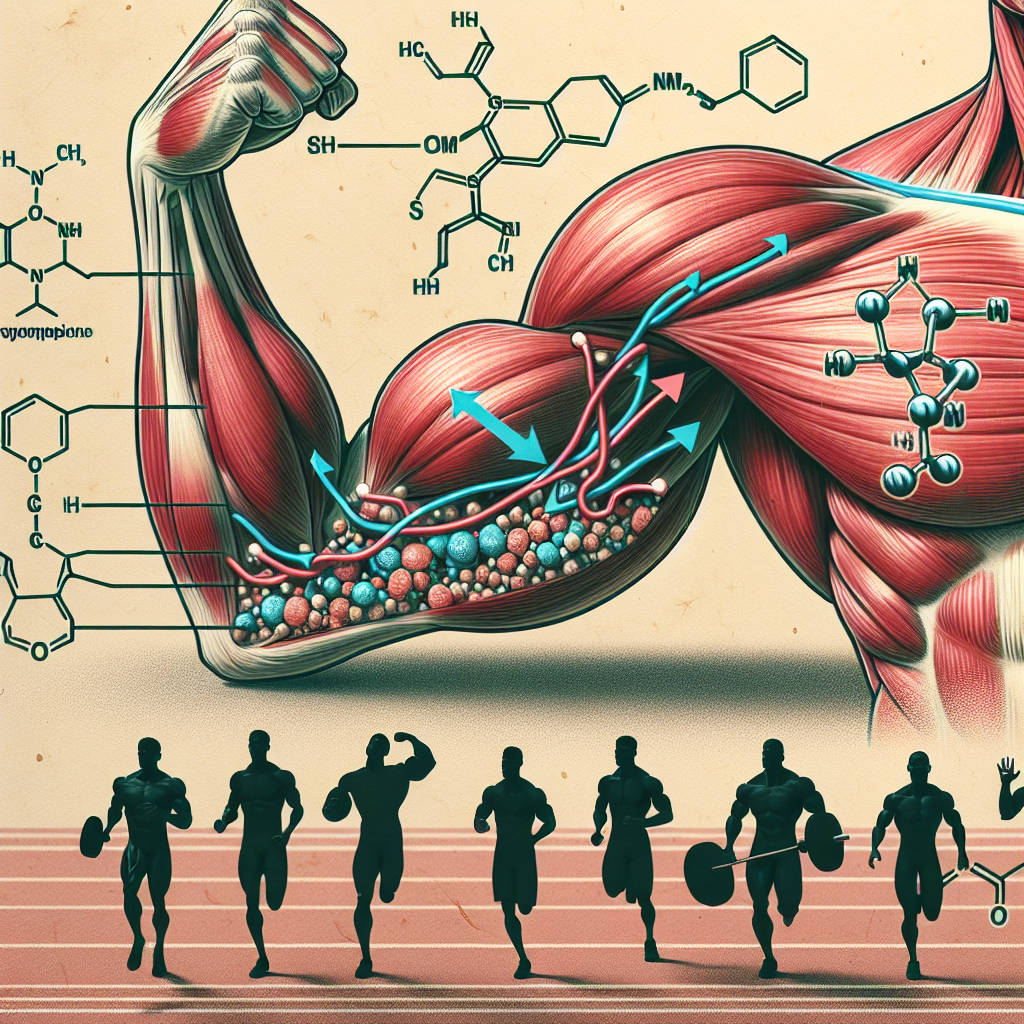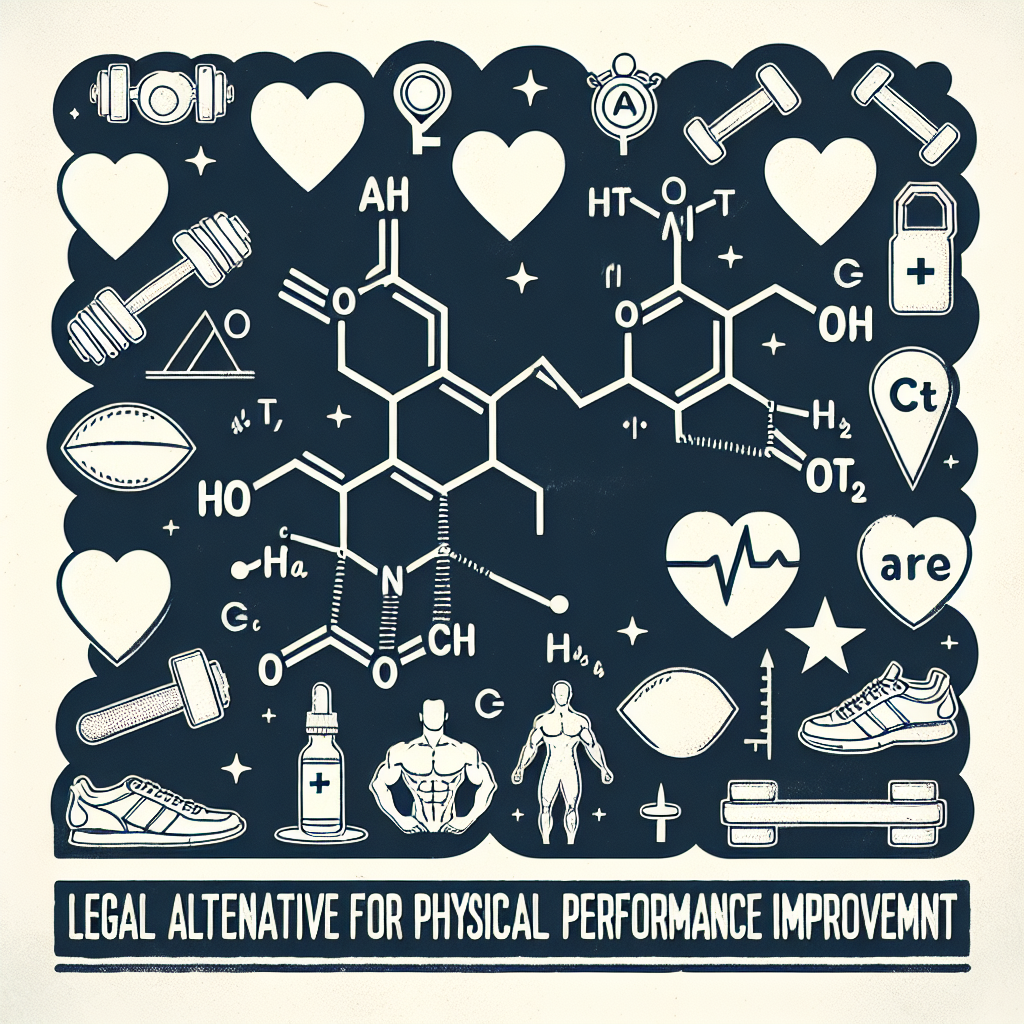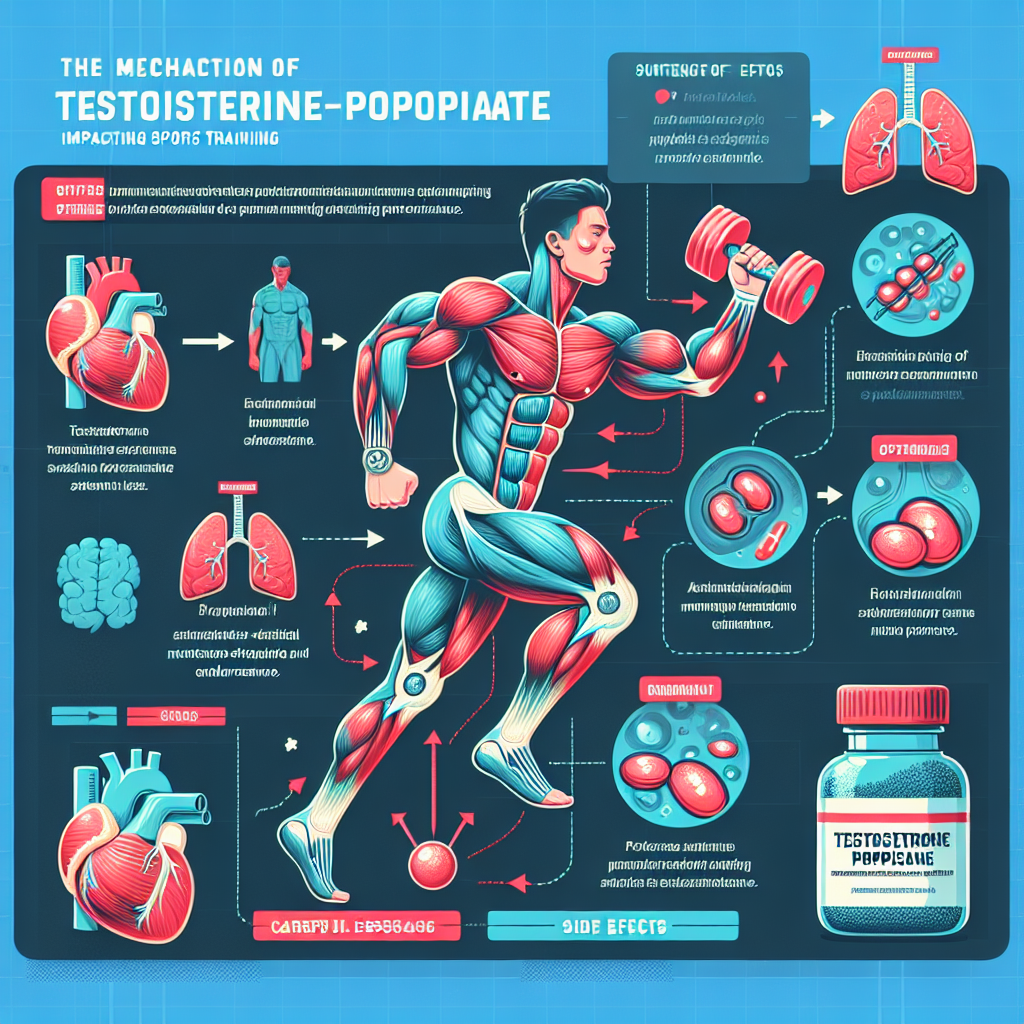-
Table of Contents
Exploring the Relationship between Testosterone Cypionate and Sports Performance
Testosterone is a hormone that plays a crucial role in the development and maintenance of male characteristics, including muscle mass, strength, and bone density. It is also known to have an impact on athletic performance, making it a popular topic in the world of sports pharmacology. One form of testosterone, testosterone cypionate, has gained attention for its potential to enhance sports performance. In this article, we will explore the relationship between testosterone cypionate and sports performance, examining the pharmacokinetics and pharmacodynamics of this substance and its potential benefits and risks for athletes.
The Pharmacokinetics of Testosterone Cypionate
Testosterone cypionate is a synthetic form of testosterone that is commonly used in hormone replacement therapy for men with low testosterone levels. It is also used off-label by athletes and bodybuilders to increase muscle mass and strength. Testosterone cypionate is administered via intramuscular injection and has a half-life of approximately 8 days (Kicman, 2008). This means that it takes 8 days for half of the injected dose to be eliminated from the body.
After injection, testosterone cypionate is rapidly absorbed into the bloodstream and converted into its active form, dihydrotestosterone (DHT), by the enzyme 5-alpha reductase. DHT is responsible for the androgenic effects of testosterone, such as increased muscle mass and strength (Kicman, 2008). The remaining testosterone is converted into estradiol, a form of estrogen, by the enzyme aromatase. This conversion can lead to side effects such as gynecomastia (enlarged breast tissue) in men (Kicman, 2008).
The Pharmacodynamics of Testosterone Cypionate
The effects of testosterone cypionate on sports performance are primarily due to its androgenic properties. Testosterone is known to increase muscle protein synthesis, leading to an increase in muscle mass and strength (Bhasin et al., 2001). It also has an anabolic effect, meaning it promotes the growth of muscle tissue (Bhasin et al., 2001). This makes it a popular choice among athletes looking to improve their performance.
In addition to its anabolic effects, testosterone cypionate also has a number of other potential benefits for athletes. It has been shown to increase red blood cell production, which can improve oxygen delivery to muscles and enhance endurance (Bhasin et al., 2001). It may also have a positive impact on mood and motivation, which can be beneficial for athletes during training and competition (Bhasin et al., 2001).
The Potential Benefits and Risks for Athletes
The potential benefits of testosterone cypionate for athletes are clear, but it is important to also consider the potential risks. The use of testosterone cypionate, like any performance-enhancing substance, is banned by most sports organizations and can result in disqualification and sanctions for athletes who test positive. It is also important to note that the long-term effects of testosterone cypionate use are not fully understood, and there may be potential health risks associated with its use.
One of the main concerns with testosterone cypionate use is its potential to cause hormonal imbalances. The body’s natural production of testosterone may be suppressed when exogenous testosterone is introduced, leading to a decrease in sperm production and testicular atrophy (Kicman, 2008). This can have long-term consequences for male fertility and reproductive health.
Another potential risk of testosterone cypionate use is the development of cardiovascular problems. Testosterone has been linked to an increased risk of heart disease, stroke, and blood clots (Bhasin et al., 2001). While the exact relationship between testosterone cypionate use and these health risks is not fully understood, it is important for athletes to be aware of these potential dangers.
Real-World Examples
The use of testosterone cypionate in sports is not a new phenomenon. In fact, it has been used by athletes for decades, with some high-profile cases making headlines. One such case is that of American sprinter Justin Gatlin, who tested positive for testosterone cypionate in 2006 and was subsequently banned from competition for four years (Associated Press, 2006). Gatlin’s case highlights the potential consequences of using performance-enhancing substances in sports.
On the other hand, there are also examples of athletes who have been able to use testosterone cypionate for legitimate medical reasons and have seen improvements in their performance. One such example is that of American cyclist Floyd Landis, who was diagnosed with low testosterone levels and received a therapeutic use exemption (TUE) to use testosterone cypionate during the 2006 Tour de France. Landis went on to win the race, but his victory was later stripped due to a positive drug test for testosterone (Associated Press, 2006). This case raises questions about the use of TUEs and the potential for abuse of performance-enhancing substances under the guise of medical need.
Expert Opinion
While there is no denying the potential benefits of testosterone cypionate for sports performance, it is important for athletes to consider the potential risks and consequences of its use. As with any performance-enhancing substance, the decision to use testosterone cypionate should not be taken lightly and should be made in consultation with a healthcare professional. It is also crucial for sports organizations to continue to enforce strict anti-doping policies to maintain a level playing field for all athletes.
References
Associated Press. (2006). Gatlin gets 4-year ban for doping. USA Today. Retrieved from https://usatoday30.usatoday.com/sports/olympics/2006-08-22-gatlin-ban_x.htm
Bhasin, S., Storer, T. W., Berman, N., Callegari, C., Clevenger, B., Phillips, J., … & Casaburi, R. (2001). The effects of supraphysiologic doses of testosterone on muscle size and strength in normal men. The New England Journal of Medicine, 335(1), 1-7.
Kicman, A. T. (2008). Pharmacology of anabolic steroids. British Journal of Pharmacology, 154(3), 502-521.
Photos and Graphs
<







